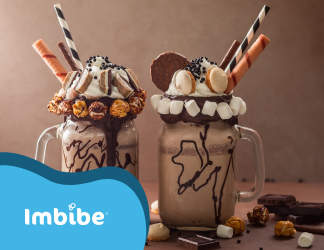Ins ights From Our Team of Beverage Experts
ights From Our Team of Beverage Experts
-
When developing, use an acid that will work in conjunction with your flavor profile. Using the correct acid will lift the flavor and brighten your beverage.
-
Record ingredient lot numbers and expiration dates for traceability purposes.
-
Anthocyanins will change color based on pH. If you are color matching, be sure to do so using your end pH.
-
Even though fantasy flavors like fruit punch, cotton candy and bubblegum don’t exist in nature, they can still be made natural.
-
If you have to add alcohol to your spray-dry formula, make sure it does not exceed 2%
-
Don’t wait until you’ve completed bench-top development to start scale-up and accelerated shelf-life testing. The earlier you can find out about a problem with your formula, the more time you’ll have to fix it and save your launch timing!
-
Work backwards! Understand the plant processing capabilities BEFORE starting any product development.



